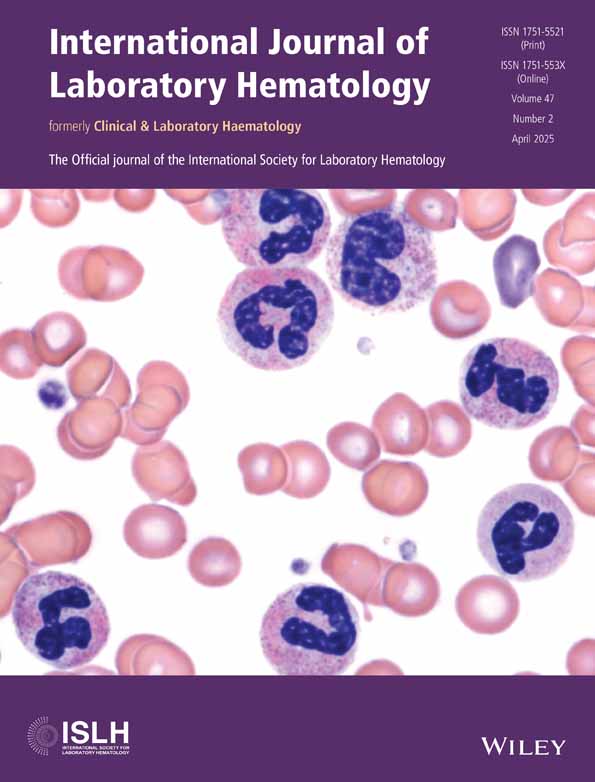Identification of Potential Biomarkers and Pathways in Acute Myeloid Leukemia: Correlation Between the Calcineurin Signaling Pathway and Vascular Brittleness in Acute Myeloid Leukemia
Funding: The authors received no specific funding for this work.
ABSTRACT
Objective
In this study, clinical bioinformatics analysis was used to identify potential biomarkers of acute myeloid leukemia (AML) occurrence and development, drug resistance, and poor prognosis to provide a theoretical basis for the treatment of AML.
Methods
On the basis of the TCGA, GEO, and GTEx databases, an AML secondary database was established, and differential expression analysis and WGCNA were carried out to identify genes related to the prognosis of AML patients. Survival analysis was carried out for internal verification of key genes, and GEO data were used for external verification to obtain core genes related to prognosis. For differentially expressed genes, the EpiMed platform independently developed by the team was used for drug prediction.
Results
A total of 36 overlapping genes were obtained via difference analysis and WGCNA. Enrichment analysis revealed that the overlapping genes were associated with neutrophil activation, transcription dysregulation, AML, apoptosis, and other biological indicators. A protein interaction network was constructed for NCOA4, ACSL4, DPP4, ATL1, MT1G, ALOX15, and SLC7A11, which are key genes. Survival analysis revealed that NCOA4, ACSL4, DPP4, and ATL1 significantly affected the survival of patients with AML. The GSE142698 dataset verified that MPO, BCL2A1, and STMN1 had a statistically significant impact on the survival of AML patients.
Conclusion
NCOA4, ACSL4, DPP4, and ATL1 may be potential biomarkers related to the survival and prognosis of patients with AML, and the calcineurin signaling pathway is associated with the risk of vascular fragility in AML patients, which can provide a reference for further research and optimization of treatment regimens.
Conflicts of Interest
The authors declare no conflicts of interest.
Open Research
Data Availability Statement
The data that support the findings of this study are available from the corresponding author upon reasonable request.




